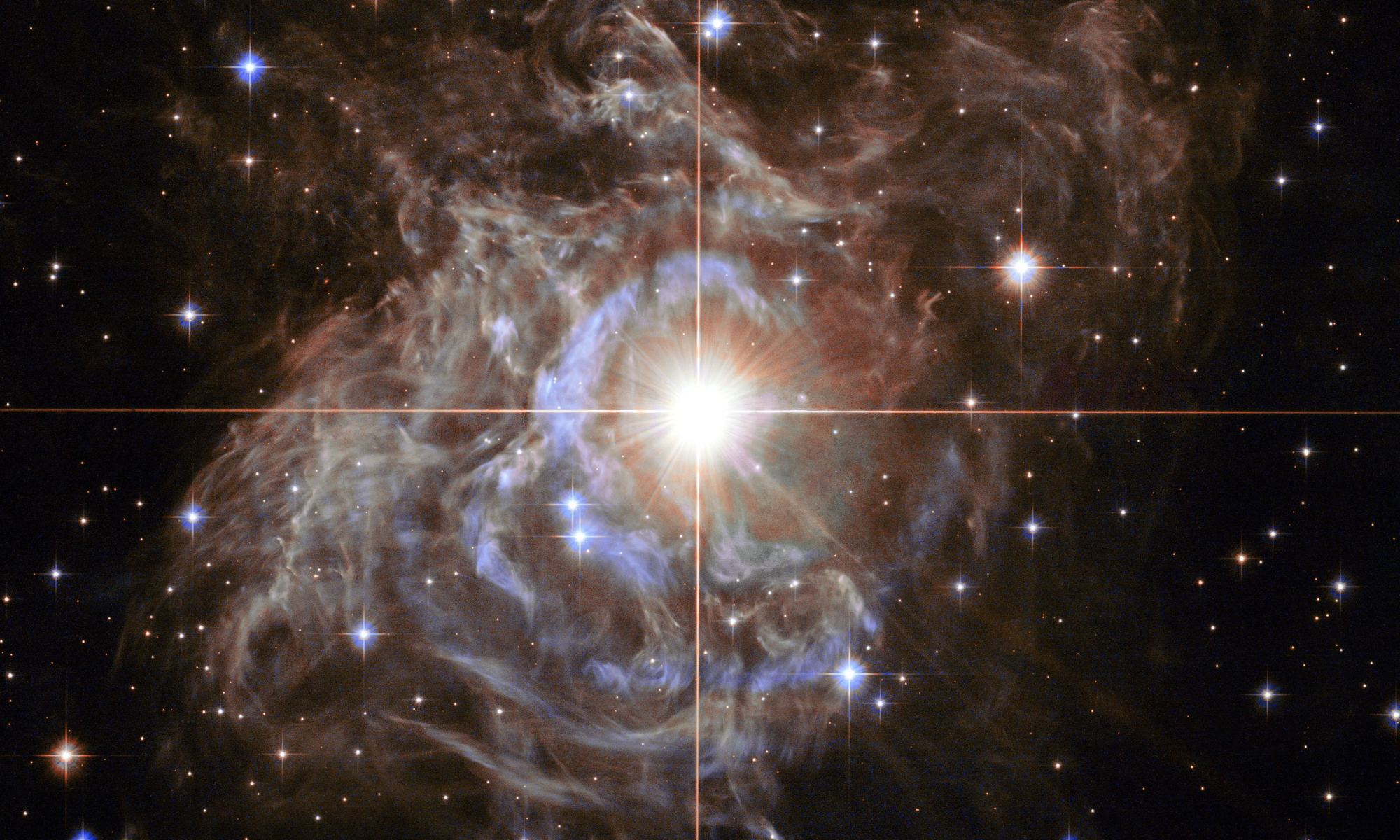As everybody who saw May’s spectacular auroral displays knows, the Sun is in its most active period in 11 years. The active region sunspot group that unleased the giant X-class flare rotated around the Sun, away from our direct view. But, that isn’t keeping the Solar Orbiter from spotting what’s happening with it and other active regions as they travel around on the Sun.
Continue reading “Seeing Both Sides of the Sun at the Same Time”Seeing Both Sides of the Sun at the Same Time










